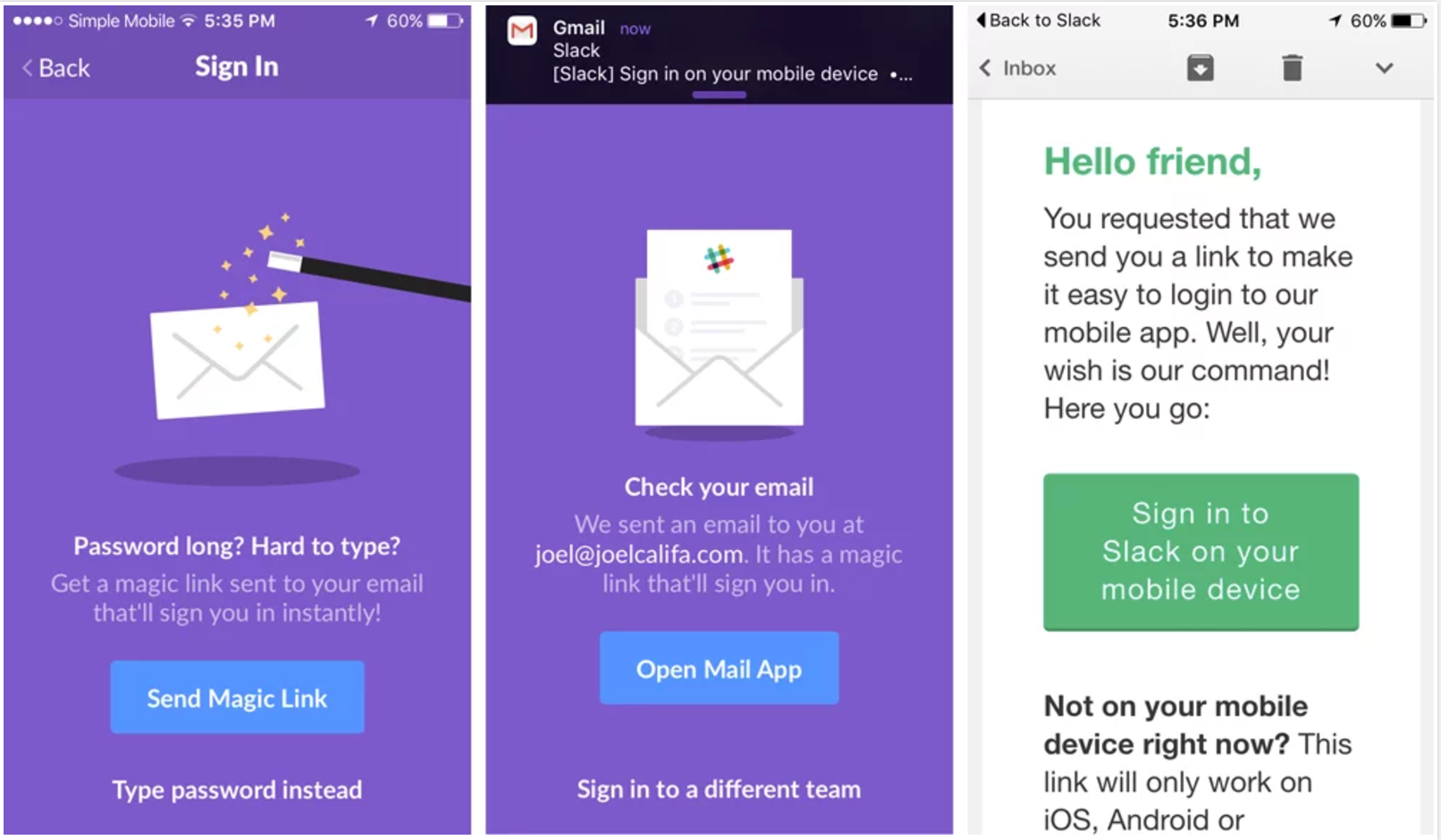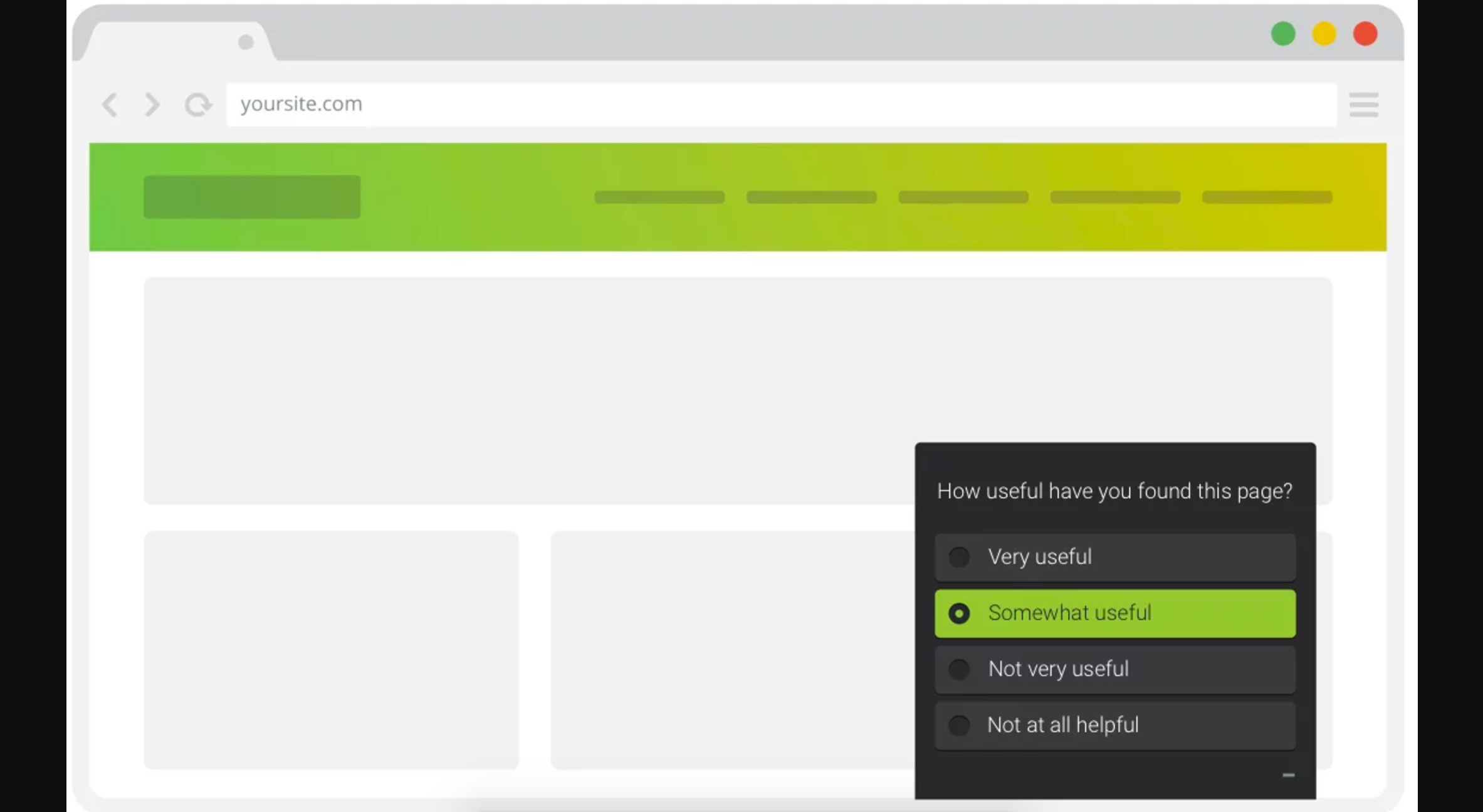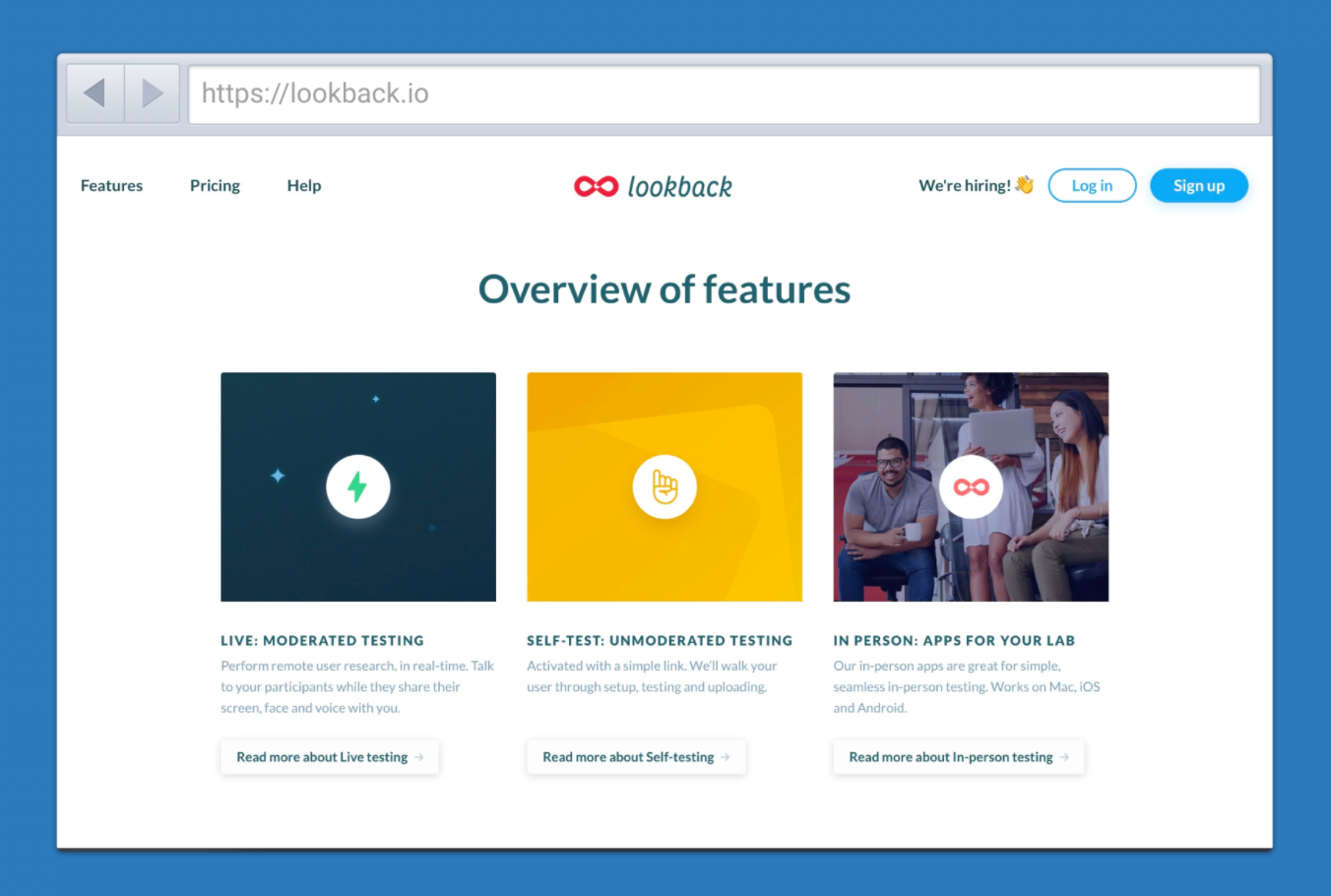Are You Wasting The Time of Your Users to Save Yourself?
Whatever our role in a company, we are all under considerable pressure to do one thing: deliver. Marketers are under pressure to generate leads, developers to provide new functionality, and designers to create compelling designs that convert. But we all face challenges that make those goals difficult. Problems that make us more and more desperate. That leads us to do whatever it takes to deliver, even if that compromises the user experience.
We know these compromises are inherently wrong but, in the heat of a project, they seem like a sensible solution. So much so that we often don’t even realize that we are taking steps to damage the user experience. We become too focused on solving our problems rather than worrying about the user.
Let me give you some examples of what I mean. No doubt some of them will ring true and, hopefully, it will encourage you to be more aware of the decisions you make next time around.
Where we turn our challenges into problems for our users
Each of the issues I highlight below is a challenge we likely face every day in our jobs. Often the solutions we come up with are the same things we moan about as customers. For example, complex passwords.
Problems with security
Although there is an expectation on developers that they will build applications to keep user data safe and secure, it is rare that this is considered a priority. Rather, for all teams involved, there is just an assumption this will be in place.
The reality is that developers never have the time or money to do anything other than the basics. They tend to play safe and just do what everybody else does. That normally consists of asking users to use complex passwords that nobody remembers. The result is that users end up using the same password for all of their favorite sites, actually undermining security.
There are alternatives, including great options such as encouraging longer password phrases and providing feedback to users so they can make a properly informed decision. But all of these elements require time to implement. It is easier just to make our security issues the users problem and get them to do the extra work.
Many of us do the same with our problem with SPAM.
Problems with SPAM
When did CAPTCHA become an acceptable solution to our SPAM problems? Forcing every user to identify themselves as a legitimate user before they can interact with us is an obscene waste of their time.
Imagine yourself as a shop owner. Before entering your store, you stop every potential customer before hand, forcing them to take a lie detector test to prove they weren’t a shoplifter. Talk about a poor user experience and an easy way to go out of business. However, it’s apparently okay to make a person prove they are a human when they visit your site.
This peculiar situation exists because CAPTCHA is an easy solution to a challenging development problem. Alternative solutions, such as the Honeytrap technique, take far more effort to implement. Once again, it is easier just to get the user to do the work.
Fortunately, Google is soon to introduce invisible reCAPTCHA, meaning that most users will never be required to identify themselves, but the fact that CAPTCHA has been so prevalent for so long is an indication our priorities are wrong. We are still putting our needs over those of our users, all because it is quicker when deadlines are pressing.
Problems with deadlines
The pressure to deliver only encourages one thing: shortcuts. Especially in areas that ultimately impact the user and create a more difficult user experience.
We copy and paste country dropdowns, forcing users to scroll past countries from which people will never order, despite better options being available. We force users to format telephone numbers and postcodes in particular ways to save us the time of converting them for suitable storage. We even get users to enter the same data multiple times, because passing that data between systems is too time-consuming for us to code.
It’s clear we don’t just waste the time of users to save ourselves time – we do so in order to deliver our projects on time and, for all practical purposes, ready for launch.
Problems with lead generation
So far, you would be forgiven for thinking that I am picking on developers. But this issue affects everybody, including marketers. They are under so much pressure to generate leads that they become ever more desperate, even if that means they end up wasting users time.
Take, for example, their desperation to capture email addresses. That has resulted in the rise of the newsletter overlay. No sooner has a user arrived on a website than they are confronted with intrusive overlays begging, bribing, and bullying them to signup to a newsletter and forcing them to close the window before proceeding.
What then are we to do about this? How do we maintain the user experience under increasing pressure to deliver?
How to highlight the cost of compromise
The problem is that the cost of compromising the user experience is often hidden, while the benefits are obvious, often times in raw dollars. For example, intrusive newsletter signup forms absolutely lead to a measurable increase in subscribers. But the cost of irritated users is not so apparent or quantifiable. That is largely because of the metrics that we measure.
Measure the right metrics
Most organizations are not very sophisticated in the metrics they measure. Their focus is on sales, average order value, and a few vanity metrics like traffic levels or dwell time. But none of these are particularly helpful in gauging the user’s experience, and so that viewpoint is not a factor.
Even something like dwell time or bounce rate is not a hard indicator of user satisfaction. Does a small dwell time mean the page was useless to a user or that they immediately found what they wanted? Equally so, is a high bounce rate a sign that Google landed them on the precisely the page they needed and with the right information in hand they then left, or is it a sign they just gave up straight away?
If we want to ensure our clients do not ignore user experience, we need to widen the scope of relevant metrics we measure. For example, we could start tracking the time it takes a user to complete a task. That way, when we add things like CAPTCHA or complex passwords, we would be immediately aware of the impact that has on the user.
We can also track customer satisfaction with simple items like the net promoter score or a one question survey asking whether a page met the user’s needs.
Of course, no metric is perfect. We need to take them with a pinch of salt. After all, metrics don’t show the whole picture. Knowing that 20% of users leave the site when confronted with a newsletter signup box is one thing, seeing how angry they get is quite another!
Look beyond the metrics
It is essential that we always consider the human face in the decisions we make. That is why usability testing is so important. Most of us don’t find the time. Once again, the constant pressures on ourselves and our teams can snuff out the necessary considerations for an ideal user experience.
But usability testing doesn’t need to be time-consuming or expensive. Services like UserTesting will arrange for users to complete a task and get you results within an hour in many cases. Then there are apps like Lookback that allow you to carry out ad-hoc testing with people anywhere around the world.
We often convince ourselves that we need formal test sessions in usability labs. But in truth, you can check the work you are doing every day, cheaply and efficiently. We need to move past this misconception and introduce usability testing into our daily workflow. Only then will we see the consequences of our actions.
But more than that, usability testing provides us with ammunition. It gives us evidence to present to others who pressure us to cut corners or meet targets which ultimately damage the user experience.
Ask any company executive or client whether customer service matters and they will inevitably say it does. But their decisions often indicate otherwise. That is not because they are liars, it is because they do not see the consequences of their actions. It falls to us, the designers, developers, and marketers of the world to reveal to them those consequences through metrics and usability testing. To show them that if they truly care about the customer experience, they need to realign their thinking and start focusing on user needs.











